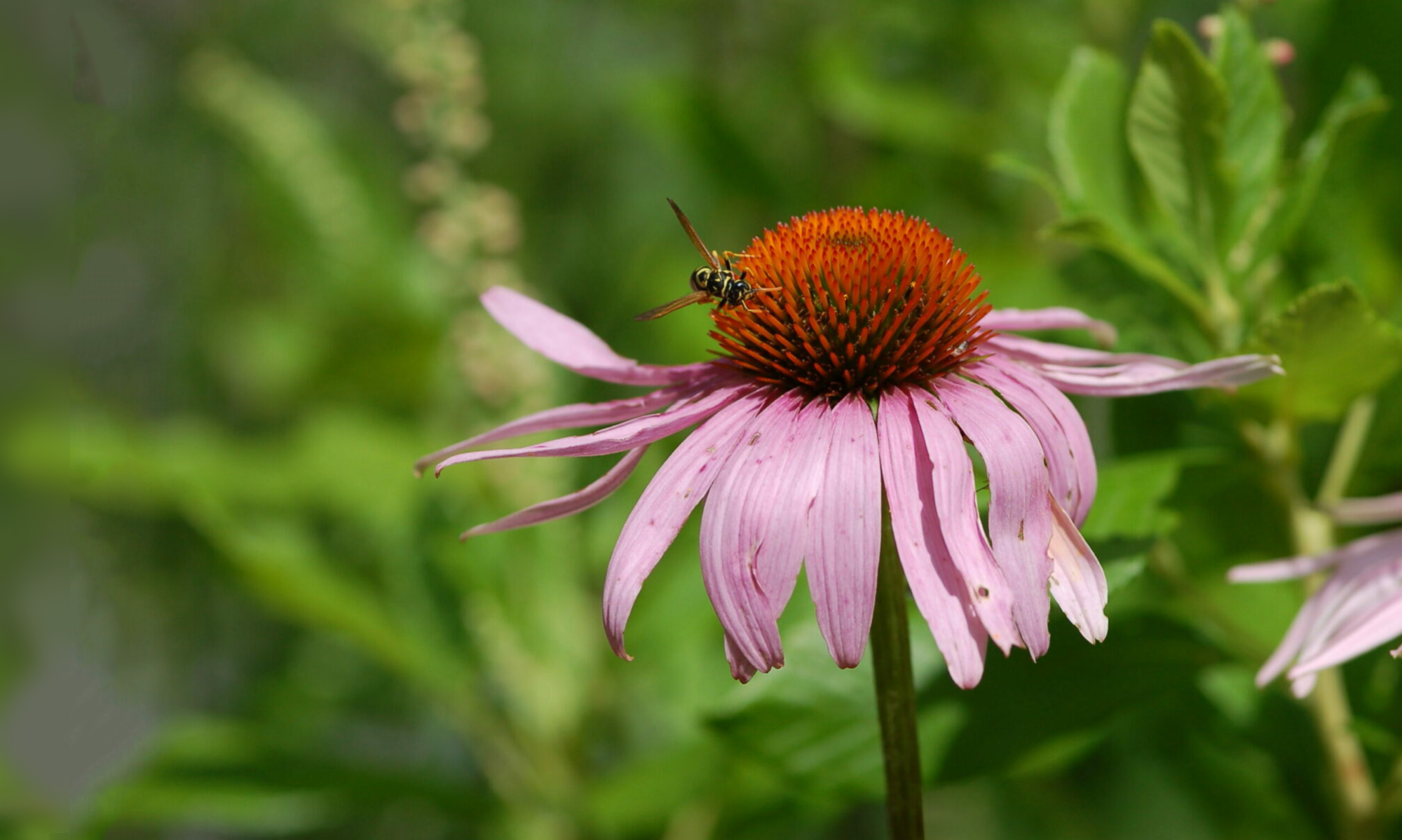
CAN I SEE YOUR I.D.?
True Stories of False Identities
By Chris Barton
Illustrations by Paul Hoppe
Dial, 2011
Category: Middle Grade Nonfiction
I wanted to get my hands on this book for two reasons. First, Chris Barton wrote it. (Duh.) Second, I’d read somewhere the entire collection of thematically-linked true stories was written in the second person; this I had to read.
For those of you who haven’t thought about narrative mode in a while, the second person refers to the use of the personal pronoun “you.” As in:
“You are a fibber. A confabulator. Mary Baker, you’re a liar.”
Those are the opening lines from Barton’s profile of Mary Baker, who spent a couple crazy weeks in the summer of 1817 impersonating an exotic Asian princess. Her story is interesting in its own right, but because of the Barton’s choice to tell it in the second person, and to bundle it with ten additional short biographies of pretenders, readers are treated to something unexpected: front row seats in her interrogation.
And in the end, this is what struck me most about this book. Barton’s use of second person is a huge part of why it works so well, even though his is a somewhat unorthodox use of the form. Typically, a nonfiction writer will use second person to pull a reader into a piece, hoping she will see herself as the “you.” That is exactly why I used second person in CITIZEN SCIENTISTS, my book on kids and nature study. I wanted to invite readers into the experiences I was writing about:
“Butterfly eyes can detect movement, so when you sneak up on your monarch, net raised high over your head, be sure to move slowly. Do not point. Do not let your shadow fall on the butterfly. Breathe quietly.”
The reader is there with me in the meadow, catching butterflies. And if the form has worked the way I intended, she will be breathing quietly, waiting to see what happens next.
In Barton’s second person narrative, though, “you” is not the reader at all; “you” is the person being profiled. By taking this approach in a collection of ten biographies, Chris asserts his role not only as the book’s narrator, but as a trustworthy interrogator. As a reader, I came to understand that he would ask the right questions of his subjects, get me to the bottom of their strange stories of deception. I read along for the ride. And even though the ten subjects were from different times and places in history, they were strongly linked, in my mind, by their interrogator. (Er, biographer.)
I really, really enjoyed this book. Check it out, and whatever you do, do not skip the Afterword. It is also written in the second person, but this time the “you” refers to Chris himself. That is, Barton is both the interrogator and the person being interrogated in this final chapter. My head nearly exploded as I tried to follow along. Totally brilliant.








